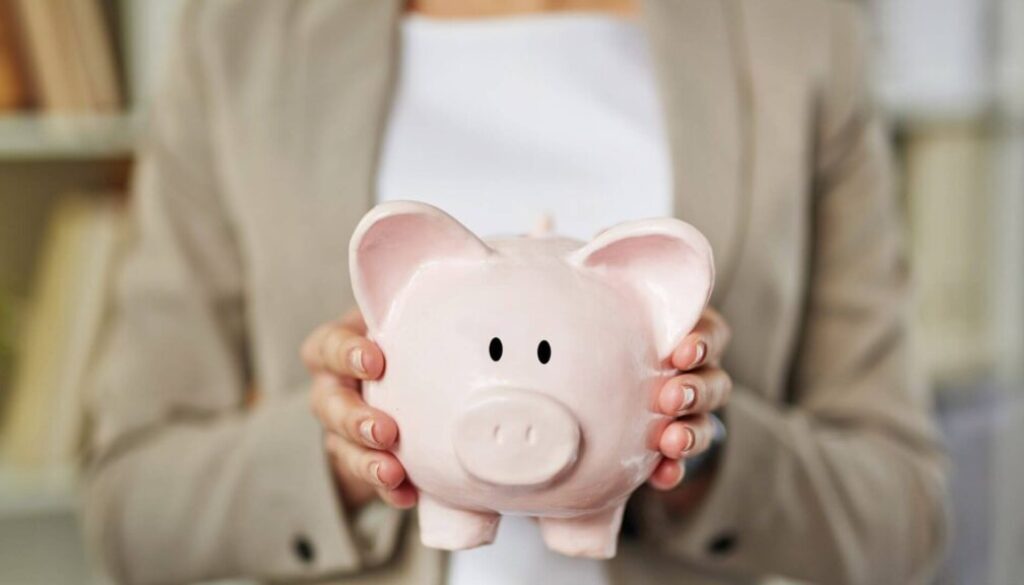Building an Emergency Fund: Why and How
Life is unpredictable, and unexpected expenses or income losses can occur at any time. Because of this, having an emergency fund is essential for ensuring one’s financial security as well as one’s peace of mind. The money you put aside in an emergency fund can help you get through tough times financially without having to take on additional debt or put your long-term goals on hold. Now, let’s dive into the power of preparedness and discover how you can build your own emergency fund to safeguard your financial future.
Why You Need an Emergency Fund:
Having money stashed away in case of an emergency is extremely useful. First, it ensures your financial stability, giving you the strength and fortitude to deal with life’s curveballs. Having a savings account set aside for emergencies is a great way to relax and feel more in charge of your financial situation, whether you’re facing an unexpected medical bill, a costly home repair, or the loss of your job. An emergency fund can also serve as a buffer against incurring further debt. With savings on hand, you won’t need to resort to high-interest credit cards or loans to cover unexpected expenses. You can safeguard your financial future and set yourself up for sustained prosperity by setting aside money in an emergency fund.
How to Build an Emergency Fund:
Establishing a savings cushion calls for forethought and perseverance. Following these steps will help you establish and maintain a robust emergency fund that provides a strong financial safety net.
- Consider your expenditures as well as the factors that contribute to your level of risk to arrive at a target amount that is reasonable.
- Establish a strategy for saving by setting aside a certain amount of money from each paycheck specifically for the creation of an emergency fund.
- Save regularly and reliably with automatic transfers.
- Putting money away for savings should take precedence over spending money on things that aren’t necessary, and you should look for other sources of income to speed up your progress.
- Choose the best account for your emergency fund, taking into account both its ease of access and its potential for growth.
- Make it a habit to review your long-term financial plan on a regular basis to ensure that you are on the right path. Check out How to Avoid Common Pitfalls in Financial Planning
- Once you’ve dealt with an emergency, you should put money back into the emergency fund.
- Your goal should be reevaluated on a regular basis to take into account the various life changes that may occur.
- To keep oneself motivated and committed, it is helpful to celebrate significant milestones and progress.
In Conclusion:
Creating and maintaining an emergency fund is a significant step toward achieving financial security and peace of mind. The unpredictability of life may present you with unanticipated challenges, but if you have an emergency fund established, you have the power and resilience to overcome those challenges without compromising your long-term goals or incurring additional debt.




